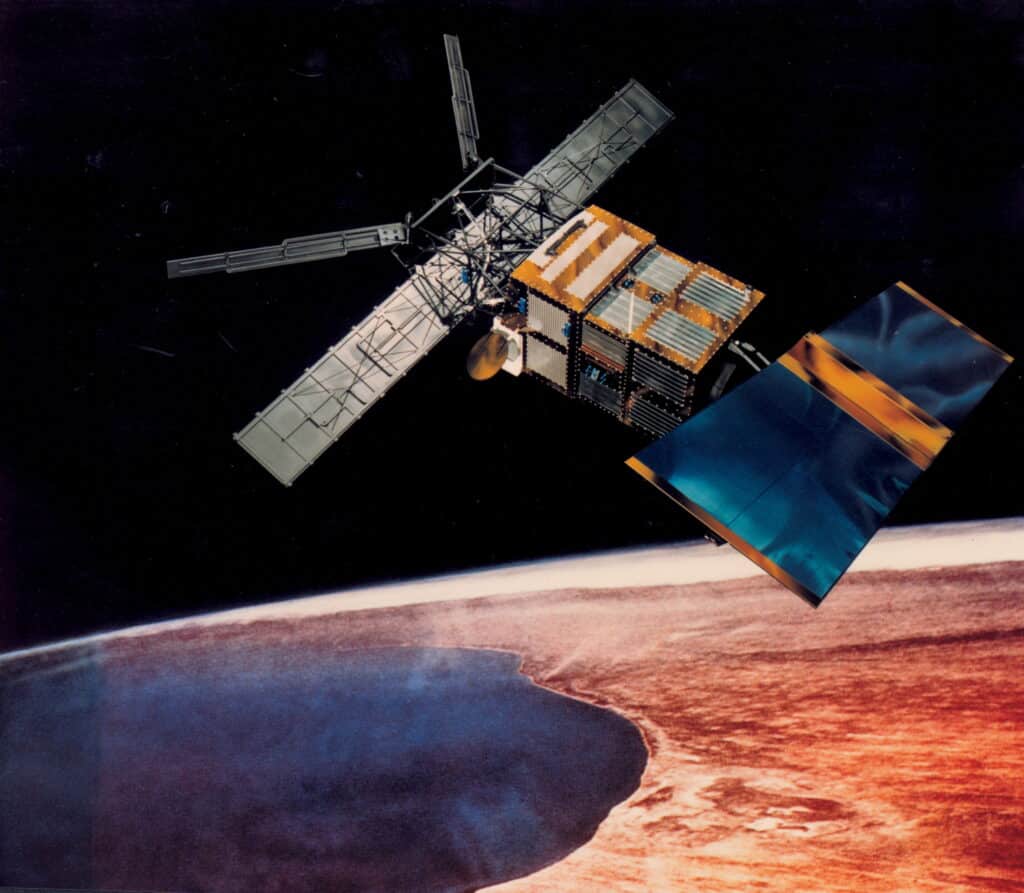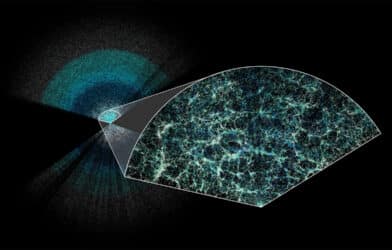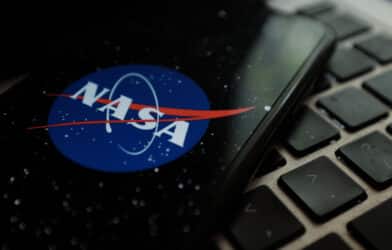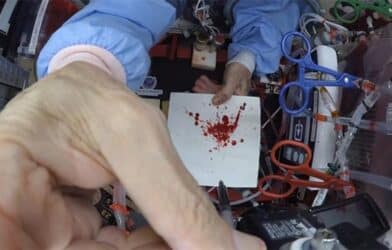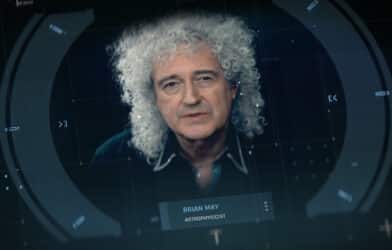In a milestone moment for European space exploration, the European Space Agency’s (ESA) venerable Earth observation satellite, ERS-2, is predicted to make its final descent into Earth’s atmosphere on February 21, marking the end of an era that began nearly three decades ago. As to where the crash landing will take place, ESA scientists won’t know until it gets closer to the planet.
Launched on April 21, 1995, from Europe’s spaceport in Kourou, French Guiana, ERS-2 has been a cornerstone in the development of Earth observation, providing critical data on our planet’s land surfaces, oceans, and polar caps, and playing a pivotal role in monitoring natural disasters across the globe.
ESA researchers expect ERS-2’s reentry into the atmosphere to occur on Wednesday, February 21 at 2:34 a.m. UTC. However, that crash predication comes with a margin of error some 31 hours either side. “This uncertainty is due primarily to the influence of unpredictable solar activity, which affects the density of Earth’s atmosphere and therefore the drag experienced by the satellite,” the ESA writes on their live blog documenting the satellite’s descent.
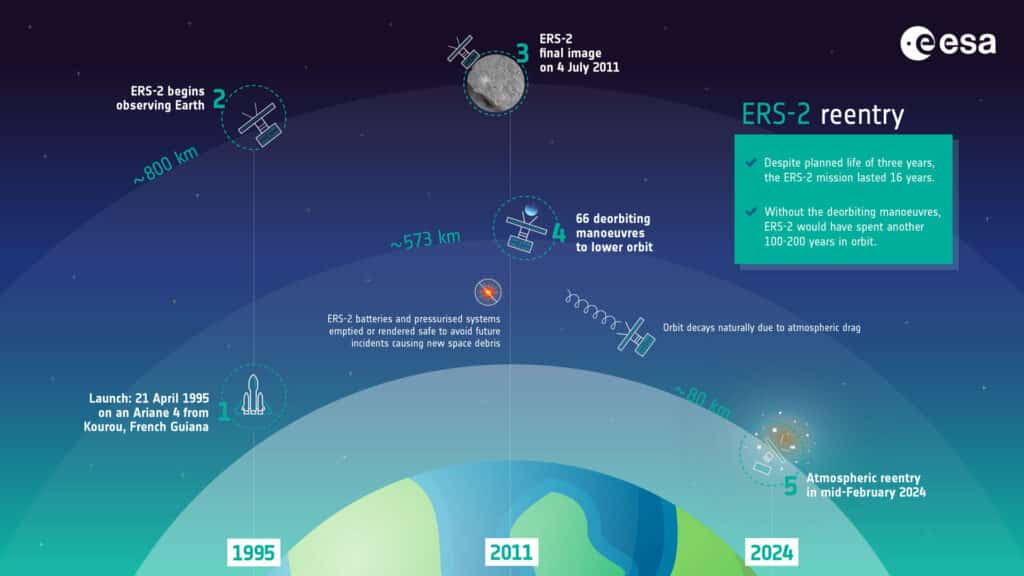
ERS-2’s journey is a testament to the durability and success of space missions, having exceeded its expected lifespan of three years to serve for 16 years before its mission was concluded in 2011. This decision came after ESA adopted its first space debris mitigation policy in 2008, aimed at addressing the growing concern over space debris and its potential threat to ongoing and future space activities. Despite being exempt from many of the demands of this new policy, ESA proactively decided to deorbit ERS-2 to minimize its impact on the space environment.
The process of deorbiting involved a series of 66 maneuvers conducted by operators at ESA’s ESOC mission control in Darmstadt, Germany, which successfully lowered the satellite’s average altitude from 785 km to 573 km. This brought ERS-2 into a denser layer of the atmosphere, accelerating its orbital decay and paving the way for its eventual natural reentry, facilitated by atmospheric drag.
As we approach the reentry phase, the ESA has highlighted that while the exact time and location cannot be predicted far in advance, the process will be closely monitored to ensure a time and location can be determined with increasing certainty as the event nears. Despite the satellite breaking up during reentry, the risks associated with such events are considered very low, with the majority of the satellite expected to burn up upon reentry.
The legacy of ERS-2 is profound. Mirko Albani, Head of ESA’s Heritage Space Program, lauds ERS-2 and its predecessor, ERS-1, for altering our perception of the planet. “It provided us with new insights on our planet, the chemistry of our atmosphere, the behavior of our oceans, and the effects of humankind’s activity on our environment.”
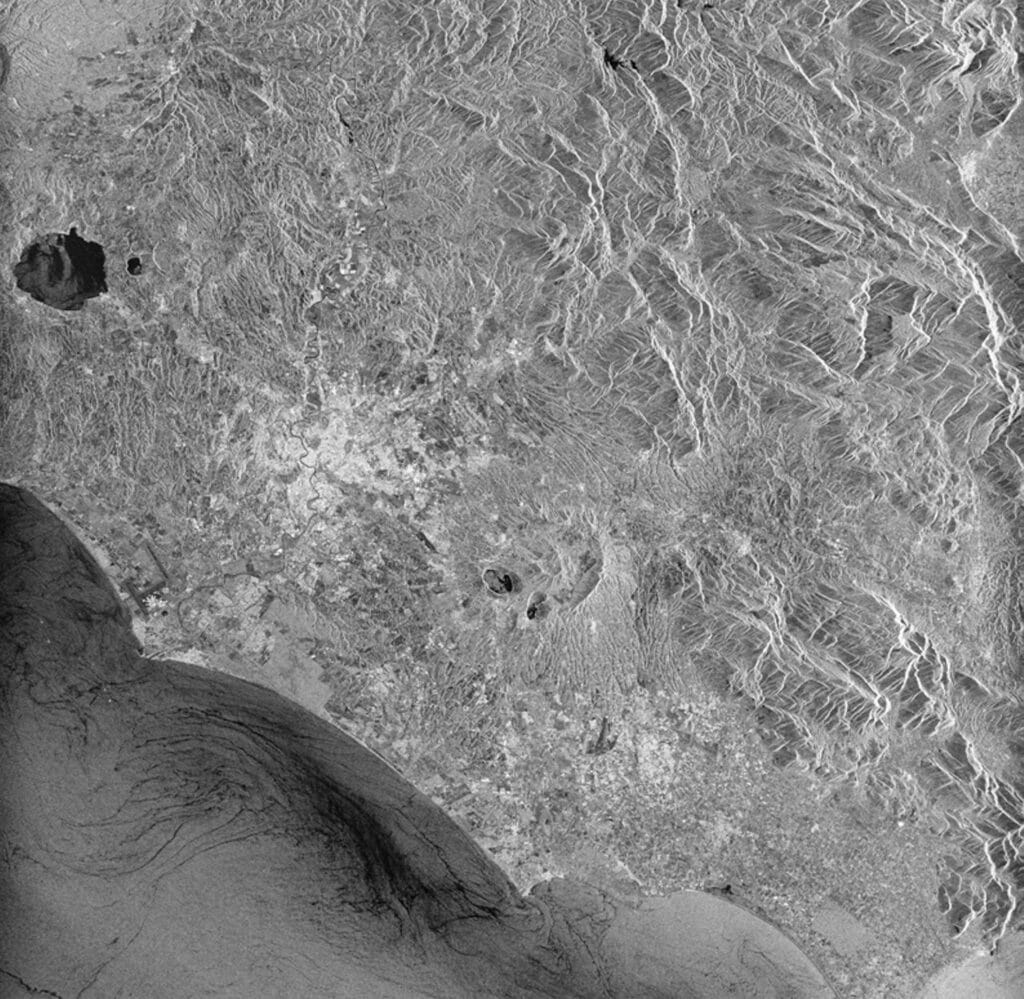
The data collected by ERS-2 continue to be invaluable, offering long-term global records that assist scientists in monitoring our changing climate. Furthermore, ERS-2 was a pioneer in Synthetic Aperture Radar and Interferometry applications (InSAR), setting the stage for future SAR missions like the Copernicus Sentinel-1.
As ESA continues to update its space debris mitigation policy, with the latest revision in November 2023, the focus remains on ensuring the sustainable disposal of older satellites. The final descent of ERS-2 not only marks the conclusion of a historic mission but also underscores ESA’s commitment to responsible space exploration and environmental stewardship. This event serves as a reminder of the critical role space missions play in our understanding of Earth and the importance of preserving the space environment for future generations.
